Following is a safety controller with input and output
 Condition given below for designing a state machine:
Here SignalOk, SignalWeak and SignalLost are measurements signal quality of steering angle. SteeringAngle signal itself contains the original steering data. In case of 3 consecutive SignalOk, system controller will output ValidSignal with the steering angle data. In other cases, signal will be considered as CorrputSignal. I am using UML 2 state charts(Harel charts). This is so far what I have done:
Condition given below for designing a state machine:
Here SignalOk, SignalWeak and SignalLost are measurements signal quality of steering angle. SteeringAngle signal itself contains the original steering data. In case of 3 consecutive SignalOk, system controller will output ValidSignal with the steering angle data. In other cases, signal will be considered as CorrputSignal. I am using UML 2 state charts(Harel charts). This is so far what I have done:
N.B.:Parallel states and broadcasting is not supported yet, but nested states are supported. I don't know how to model this stream of inputs in state machine, any kind of help will be appreciated.
